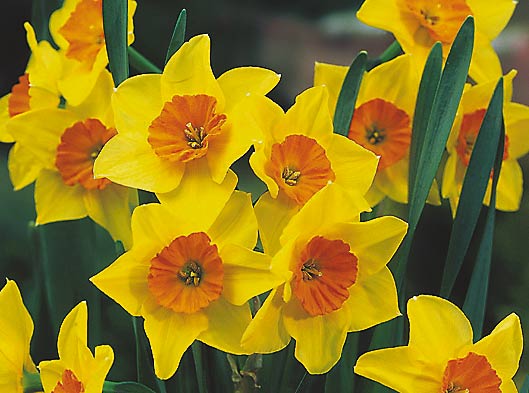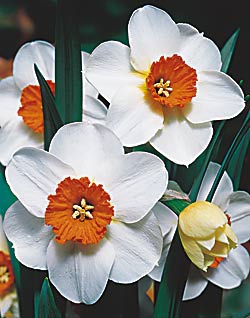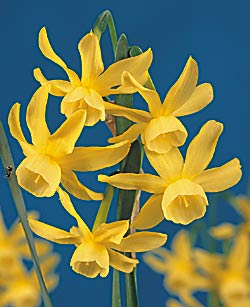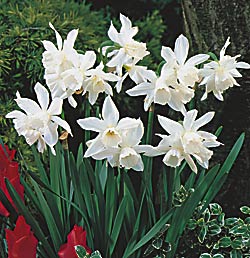Is everyone having a bad clematis season? Why won’t the flowers get the normal size?
Clematis vines need lots and lots of water. That being said, they also need excellent drainage. This summer, Michigan had some periods of very hot scorching temperatures. Clematis need extra water during these hot times. If you have sandy soil, mulching and/or amending the soil is a must or it is difficult to provide enough water to the plant roots. (Remember to keep mulch from touching the base of the plants.) If clematis vines have to compete with deep-rooted trees or other plants, they may not receive enough water. If vines are starved for water, flowering and flower size can be reduced.
Shading the base of clematis is also necessary. Use plants like groundcover or hostas that do not have deep roots. Clematis vines also like to grow behind shallow-rooted shrubs or even come up through and over the shrubs. While the base should be shaded, most of the plant should climb into the sun. In fact, most vines need 6 to 8 hours of sun per day. Did a nearby tree grow larger through the years? Have you added any hardscapes like a pergola or trellis that is now shading the plant?
Also, lighter colors (generally) can take more direct sunlight than darker deep purples and reds, since dark colors absorb the light. The dark colors can suffer in bright sun and 90-degree heat, affecting flower production and size.
Clematis vines are heavy feeders, especially in spring and during flowering. Fertilizers with low nitrogen and high phosphorus are best for flowering. Watch to make sure that nitrogen fertilizers broadcast on the lawn aren’t getting near the vines. High nitrogen fertilizer will make nice leaves, but smaller or less flowers.
Some clematis need pruning and others don’t. Pruning at the wrong time or too severely can affect the blooms. In spring, wait until you see the first new shoots. If they come out of the ground, the plant blooms on new wood and should be pruned to about 12 to 18 inches from the ground in April. If the growth comes out of the nodules on last season’s vines, it is said to bloom on old wood. This type doesn’t have to be pruned. However, if they are getting weak at the top, or flower production is suffering, you can cut the vine back by a quarter to a third of its height. You may lose some bloom this year, but it will strengthen the vine overall.
Lastly, when is the last time you had your soil tested? Even if you have had it tested before, soil tends to revert to its natural state. If you have added amendments, it is good idea to check every few years to see what is happening in the soil. Maybe some critical nutrients are lacking that a soil test will point out. It will also tell you the soil pH (clematis like it slightly alkaline), and even recommend fertilizer percentages to add.




